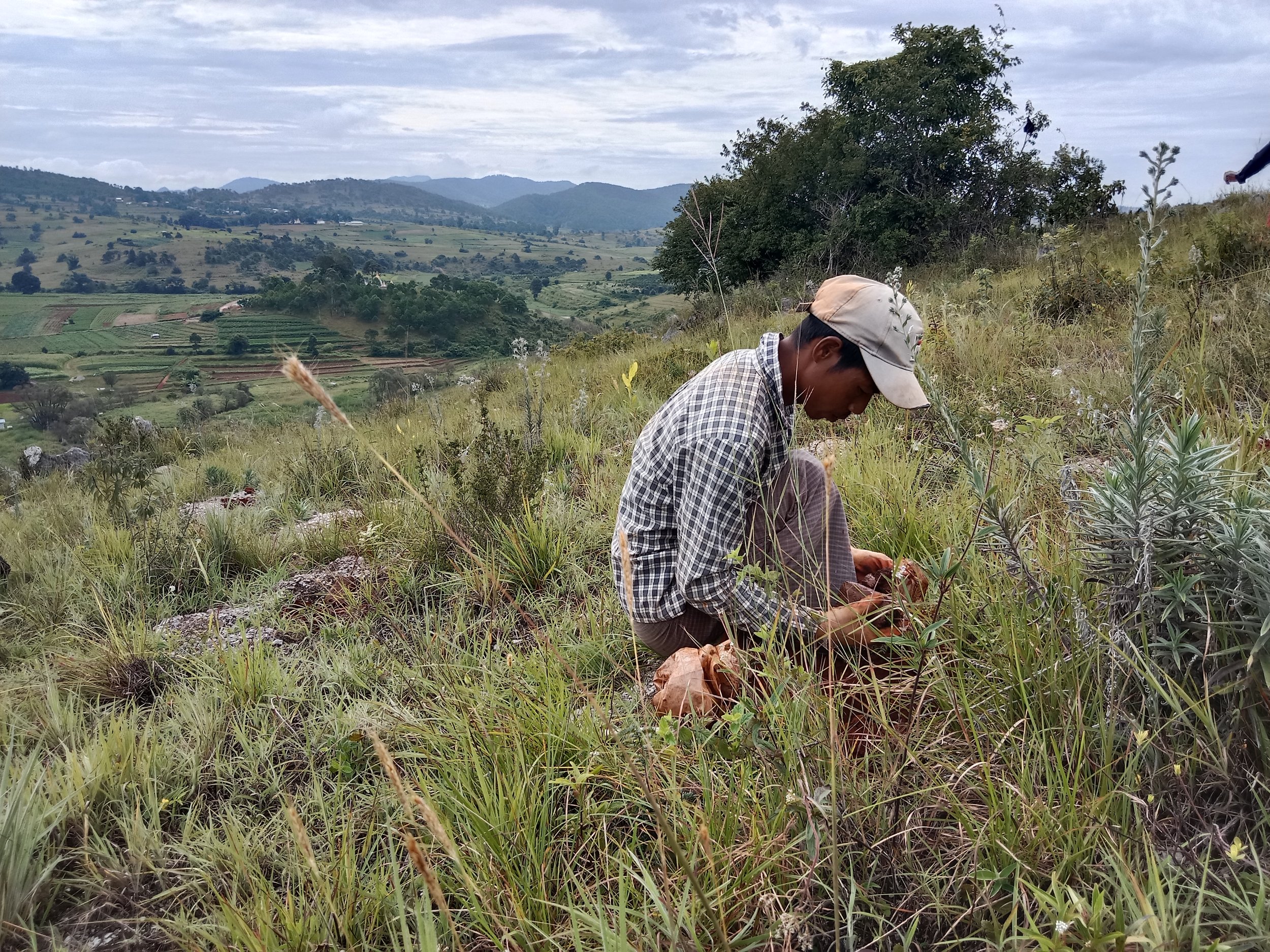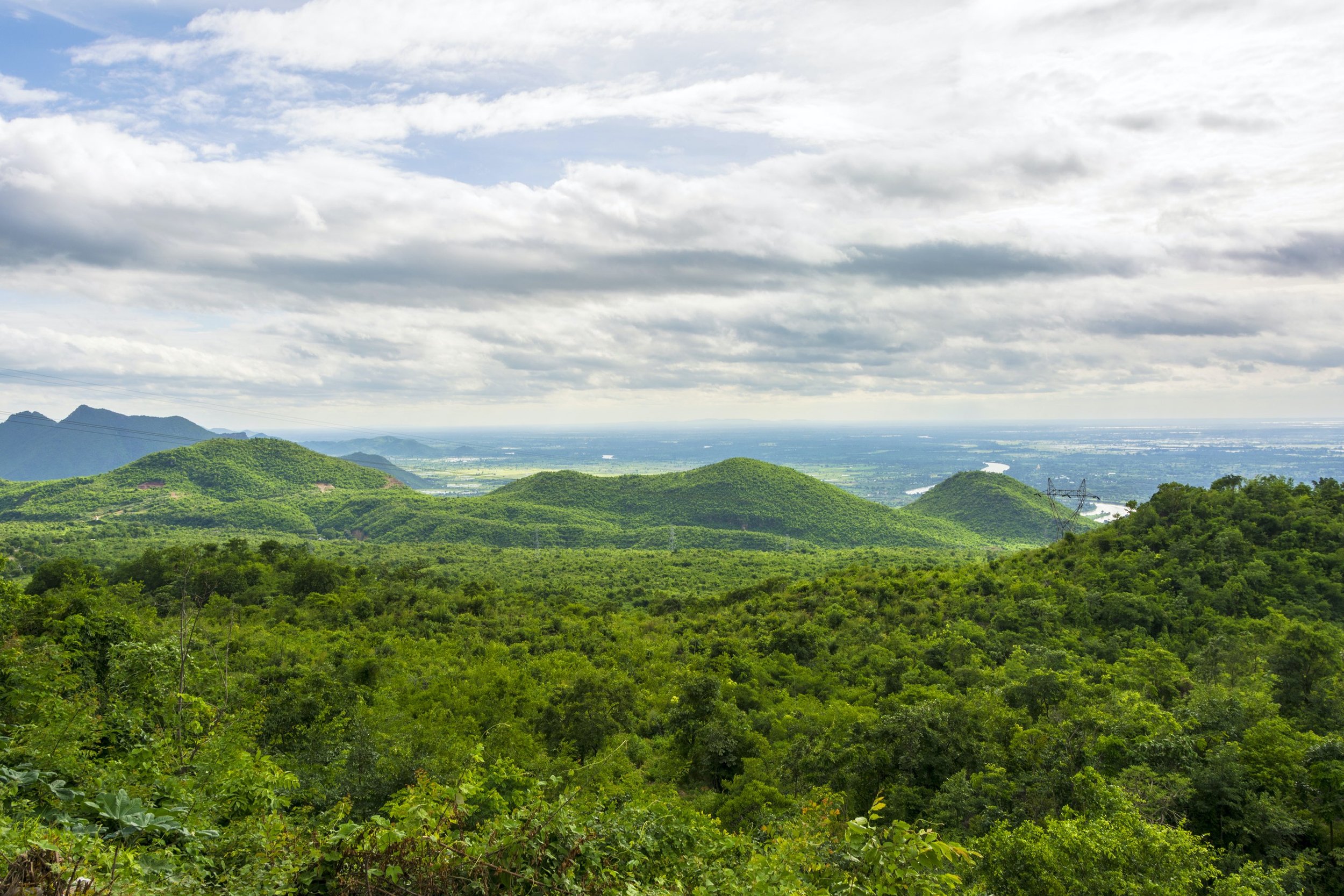
Nurturing Nature, Empowering People
PROBLEM
The climate-biodiversity crisis involves the decline of species and ecosystems due to climate change. Many species face decline and extinction, disrupting ecological balance. Vana addresses this by promoting biodiversity through reforestation and improving ecosystem services, enhancing natural and social resilience.
Climate-biodiversity crisis
HOW WE HELP
We deploy and manage nature-based solutions in Southeast Asia, home to the most climate change-vulnerable populations and the bulk of the world’s biodiversity, designed to scale through innovative funding structures and mechanisms to close the gap in capacity and finance.
Nature-based Solutions
We provide bespoke advisory services rooted in our team’s deep and extensive experience across emerging Asian markets. Our expertise, which includes working with UN agencies and international non-profits, covers a range of areas from financial inclusion to sustainable development.
Advisory Services

FLAGSHIP PROJECT
ACRE
Asian Community Reforestation Enterprise
Step 1: Preparation
Year 1
Unsustainable forest resource extraction, a common sight across Southeast Asia, commonly leads to the degraded and barren landscapes that ACRE’s interventions target. With a management agreement signed with a community forest, ACRE pays and trains community members to execute key operational tasks throughout the project cycle, including building employee quarters, digging pits, gathering organic compost, and other other tasks.
Step 2: Pioneer Species
Year 1
Pioneer species are the first plants to colonize disturbed or barren environments, playing a crucial role in ecological succession. These species are typically hardy, fast-growing trees that can thrive in challenging conditions, such as poor soil or full sunlight. They help stabilise soils, improve soil quality through organic matter generation, and create a more suitable habitat for other, less resilient plant species. These are planted first to remediate conditions for native species.
Step 3: Native Species
Year 4
Pioneer species are expected to have remediated soils and generated a canopy dense enough to make conditions amenable for the growth of more fragile native species at Year 4. ACRE plants a native polyculture interspersed at a 1:1 ratio with pioneer species. The species selection is informed by field surveys and interviews conducted by Vana, scientific literature and expert opinion for the local ecosystem and climate.
Step 4: Pioneer Harvest
Year 6 to Year 10
Pioneers are felled by 20% incrementally from Year 6 to Year 10, creating room for native species and an entirely native forest stand by Year 10. The timber is processed to increase its market value locally with trained community members and marketed for export. Revenues from timber sales are shared between the community, investors and Vana, a model that aligns all stakeholders with project success.
Step 5: Community Stewardship
Year 10 onwards
Communities are incentivised to align with project objectives not only through salaries disbursed and a revenue share programme, but also a carbon revenue share designed to ensure the permanence of the restored forest by matching the opportunity cost of land use conversion. This complements their Community Forest Management Plans in protecting and sustainably manage their forests.
Learn about our flagship project ACRE in
Cambodia
Myanmar
Our approach is informed by decades of real-world investment and advisory experience.
We have a solid track record of servicing international NGOs, multilateral development banks, UN agencies and educational institutions.
WHY VANA
RECOFTC Community Forest Credit Scheme
ADVISORY CASE STUDY
The importance of community forests
Community forestry can be understood as an approach to natural resource management, centred on the principles that local people have the capacity and right to manage forests, and that their participation improves forest governance and management.
Community forests are usually held and governed collectively with rules and institutions drafted by rural communities at the local scale. This bestows great advantages most notably by increasing multi-stakeholder cooperation and collective rural resilience in food security, climate change adaptation, and the protection of communities’ basic land rights.
About RECOFTC
RECOFTC is a Bangkok-headquartered NGO with offices in seven Southeast Asian nations dedicated to supporting local communities to secure their land and resource rights, stop deforestation, find alternative livelihoods and foster gender equity using the community forest framework.
Their core donors include the Swiss Agency for Development and Cooperation (SDC), the Swedish International Government Development Agency (Sida), and the Royal Thai Government.
What challenges are community forests facing?
The seeding and support of community forests has mostly relied on a donor-based model. This is largely due to the high risks, both real and perceived, of investing in community forest-related development. Such pressures compel many communities and landowners to convert their forests to other more lucrative land uses. Higher wages are also causing a large youth outflow to urban areas, endangering the continuity of rural community habitatation and stewardship.
How might community forest-linked microcredit address these problems?
The provision of credit by community forests institutions is one solution. Creating community forest-linked microcredit involves establishing a facility managed by the principal community forest institution at the local level, commonly termed the Community Forest Management Committee.
With seed capital, the facility can provide credit to community forest members and generate revenue from credit which is then by large earmarked for the protection and the development of community forests.
How Vana helped
Given that the seed funding for community forests is already under strain, community forest-linked credit need to be financially viable for independence and attract private investment.
Vana conducted site visits of over 20 community forests in four Cambodian provinces in October 2022 to assess conditions and common practices on the ground, as well as interviewed key management personnel at RECOFTC Cambodia.
Vana’s recommendations aimed to bring international industry best-practice in microfinance to RECOFTC’s community forest-linked credit to increase its bankability in a way that preserved community autonomy and agency at the local level, using its track record in financial inclusion from emerging and frontier markets.
Now in the process of implementing changes, RECOFTC hopes to scale the programme with private capital using blended finance structures.









